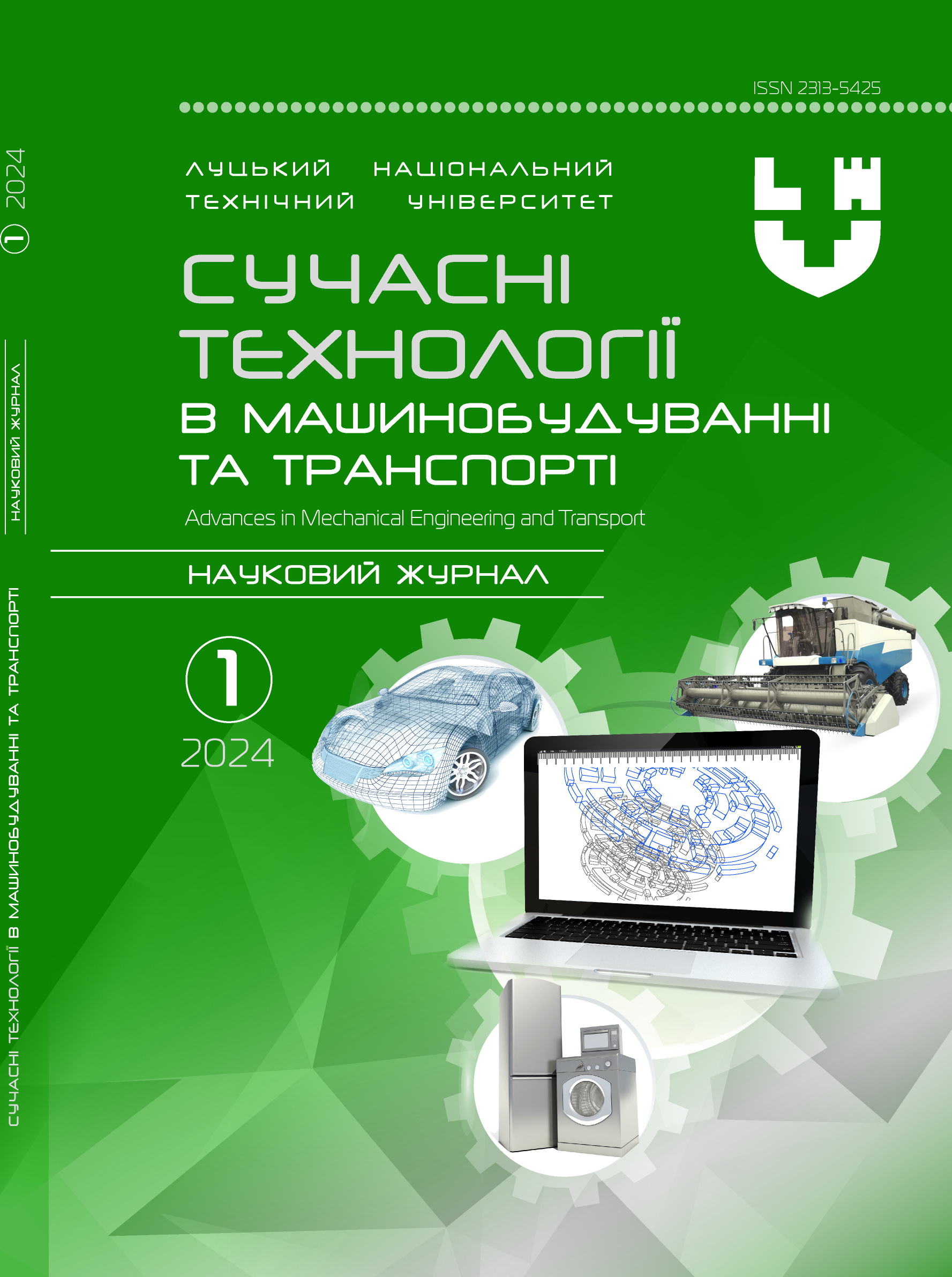The method of determining the resistance to the traffic of a vehicle on a run
Abstract
Control and diagnosis of the technical condition of cars is one of the most important problems. Numerous studies carried out at the KhNADU confirm that the condition of the car is most accurately characterized by the "fuel consumption" parameter.
Many factors affect fuel consumption, including operational and structural factors. The latter include the aerodynamic properties of the car and the condition of its undercarriage. The constant improvement of cars, especially tires, forces us to turn to the experimental evaluation of vehicle movement resistance, therefore, the research of methods and means of such evaluation is important and relevant.
Air resistance of a car is usually considered to be proportional to the square of the speed. However, the discrepancy between the calculated and experimental curves in the region of medium and especially high speeds, where aerodynamic forces become decisive, encourages a more detailed study of this issue.
It is believed that the coefficient of aerodynamic drag CХ is a constant characteristic of a certain car, which depends exclusively on its configuration, position in space (inclination, clearance) and the condition of the surfaces. The change in air resistance should be explained by the change in the coefficient in the formula for calculating CХ. Published values of CХ are determined by wind tunnel testing. As you know, the air resistance in the pipe is less than on the road by 5...10%. Therefore, in order to normalize the diagnostic parameters, it is necessary to know the real values of CХ for a specific car model.
Many authors have conducted research on wheel rolling on the road, but all these studies were performed using old tire models. To date, only radial tires are used on passenger cars, for which rolling resistance studies are carried out under road conditions.
The article proposes to measure the deceleration of the car from two speeds, to make two equations (taking into account the expected influence of the speed on the rolling resistance) and to find the rolling resistance and the air resistance. Similar calculations can be carried out by coasting. It is possible to perform the same experiments with different loading of the car, and when processing the results, take into account the effect of loading on rolling resistance and air.
Keywords: coasting, deceleration, path, rolling resistance, air resistance.




